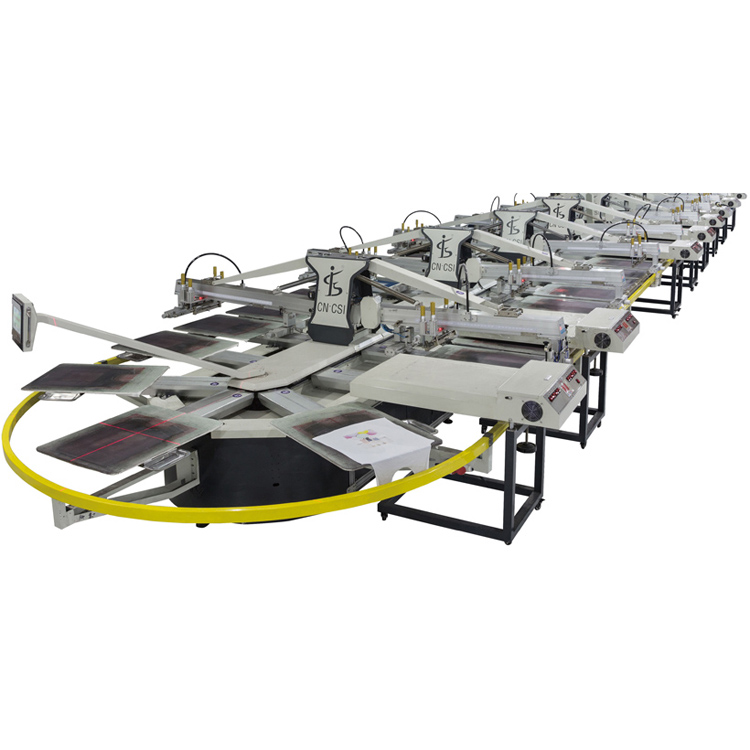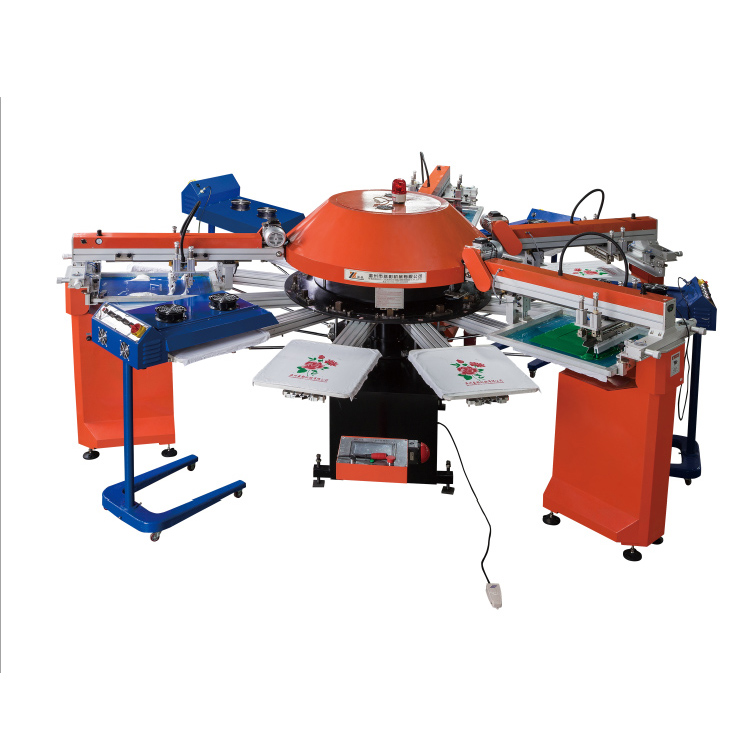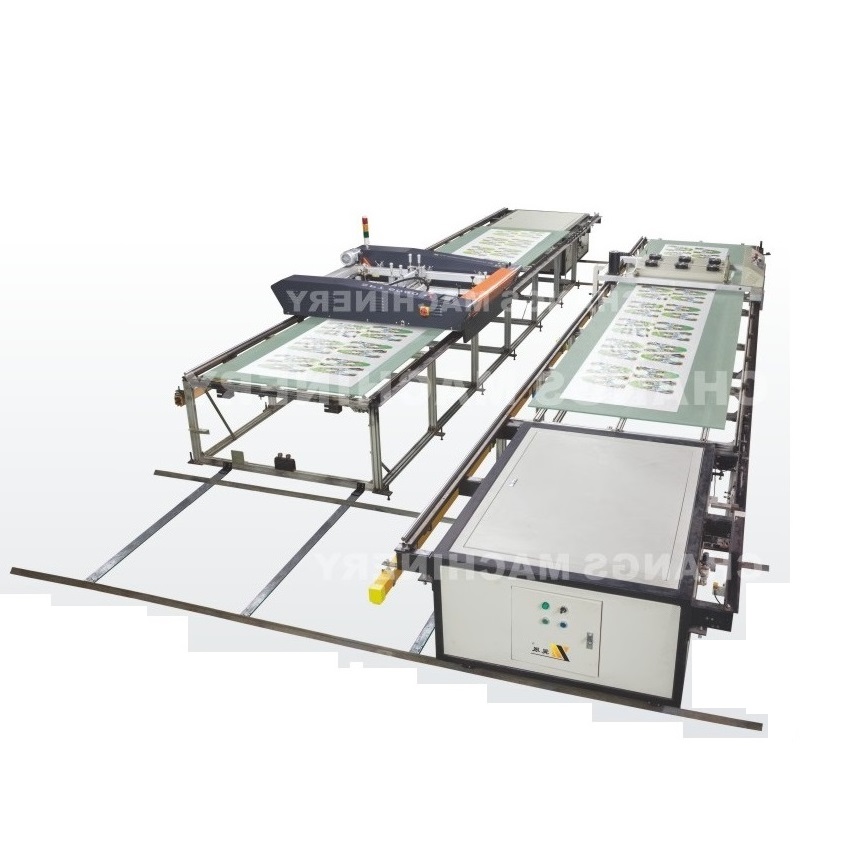What is flexo printing machine?
The printing color groups of the flexo printing machine are independent of each other and arranged in a horizontal line. The printing unit can be driven by a common transmission shaft between the units, or the printing unit can be driven by the independent transmission system of each unit.

What is the printing process of the flexo printing machine?
Original—electronic color separation or photography—film (positive and negative images)—back exposure—main exposure—developing and washing—drying—post-processing—post-exposure—plate for printing on the machine.
What is the difference between a gravure printing machine and a flexo printing machine?
1. Lower cost
The cost of plate making is much lower than that of gravure, especially when printing in small batches, the gap is huge.
2. Use less ink
Flexographic printing adopts a flexographic printing plate, and the ink is transferred through the anilox roller, and the ink consumption is reduced by more than 20% compared with the gravure printing plate.
3. Fast printing speed and higher efficiency
Flexographic printing machines with high-quality water-based ink can easily reach a high speed of 400 meters per minute, while common gravure printing often can only reach 150 meters.
Jinan Leaflet Printing
4. More environmentally friendly
Generally, water-based inks, UV inks, and other environmentally friendly inks are used in flexographic printing, which is more environmentally friendly than gravure-using solvent-based inks, with almost no VOCs emissions, and can be food-grade.
Features of gravure printing:
1. High cost of plate making
Early gravures used chemical corrosion to make plates, but the effect was not good. Now laser plates can be used, so the precision is higher, and the plates made of copper and other metals are more durable than flexible resin plates, but the cost of plate making is also higher. High, the initial investment is larger.
2. Better printing accuracy and consistency
Metal plates are better for high-volume printing and are better in consistency, less affected by thermal expansion and contraction
3. Large ink consumption and high production cost
In terms of ink transfer, gravure printing consumes more ink, which virtually increases production costs.






